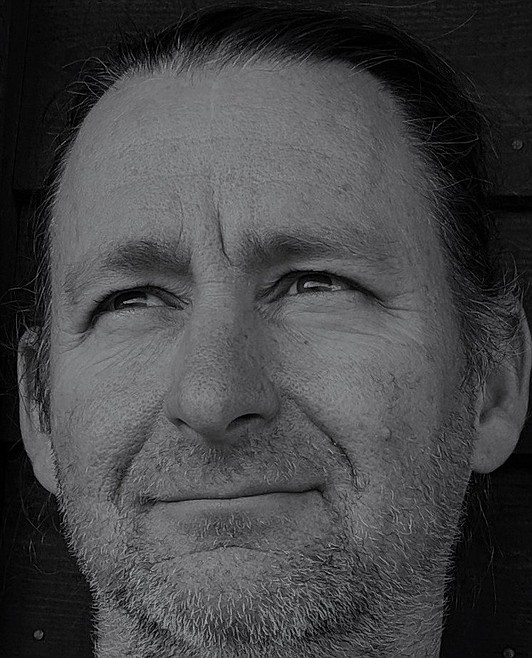Boundary County Human Rights Task Force: Pandemic realities
Things heard around town and read online: Coronavirus is a hoax. Coronavirus was manufactured in a lab. Coronavirus is a conspiracy to reduce population. Coronavirus is biological warfare.
In fearful times, people often spread rumors and blame those they consider outsiders, thus creating even more fear. The Boundary County Human Rights Task Force encourages all county residents to act with compassion and understanding. After all, viruses don’t care about political boundaries.
The words of Martin Luther King come to mind: “We are caught in an inescapable network of mutuality, tied in a single garment of destiny. Whatever affects one directly, affects all indirectly.”
From a historical perspective, pandemics (widespread epidemics) are not uncommon. Influenza (flu) pandemics in 1957-58, 1968-69, and 2009-10 collectively caused over three million deaths worldwide, including at least 115,000 in the USA.
The worst influenza outbreak in recent memory was the “Spanish flu” of 1918-20, which infected an estimated 500 million people — 1/3 of the global population. Mortality estimates range from 50 to 100 million. Ponder that for a moment: at least 50,000,000 dead.
The point of origin is still uncertain — possibly Kansas — but U.S. soldiers carried “Spanish flu” to Europe, where it spread quickly in the battlefields of the First World War. Some 63,000 U.S. soldiers died from the disease — more than were killed in combat. The total flu casualties in the USA was 675,000.
COVID-19 is a coronavirus, not influenza, but spreads in similar fashion. It is highly contagious, in part because an infected person can experience no symptoms and still transmit the virus. Unlike with seasonal flu, humans have yet to develop immunity to COVID-19, and the death rate is much higher. By March 26, over 24,000 fatalities had been reported worldwide. Epidemiologists warn that most countries will soon be hit and recovering countries could experience a second wave of contagion.
The study of pandemics has improved greatly in the past hundred years. In 1918, scientists knew relatively little about viruses. Flu vaccines and diagnostic tests did not exist. While development of a COVID-19 vaccine will likely take over a year, hospitals today have antiviral drugs, ventilation machines, and intensive care units.
The response to COVID-19 in China, where the disease was first identified, has been critical. Chinese scientists quickly sequenced the SARS-CoV-2 genome and made the data available worldwide. U.S. scientists have confirmed that the virus originated through natural processes in a place yet unknown, then spread through human-to-human contact.
In mid-January, Chinese officials shut down movement in and out of Hubei province, the center of the epidemic and home to 60 million people. According to U.S. researchers, the “lockdown” response — limit travel, close schools, discourage public gatherings — spared hundreds of millions of Chinese from infection. Cities throughout the world are now following this example.
Two months after the lockdown began, the number of new COVID-19 cases in Hubei was down to zero. Instead of dealing with millions of fatalities, China is now sending medical experts and critical equipment (ventilators, masks, protective suits, test kits) to Italy and Iran, where the pandemic is raging. Cuba’s renowned medical program has also dispatched doctors and antiviral medicines to troubled countries.
The U.S. medical system is poorly prepared, with not nearly enough ventilators to handle a pandemic. The Strategic National Stockpile has far too few medical masks. Hospital beds are in short supply, especially in the rural West. According to federal statistics, 101,882 Idahoans, including at least 17,000 senior citizens, live in counties without hospitals. Overall, the USA has 2.8 hospital beds per 1000 people. Compare that to Italy (3.2), China (4.3), Germany (8.0), and South Korea (12.3). Furthermore, compared to those countries, the USA has been slow to distribute COVID-19 test kits.
This is why personal precautions, including isolation, are so important. You can spread the virus without knowing you have it, and if too many people develop severe symptoms too quickly, there won’t be enough hospital beds and ventilators to care for them all. In hard-hit King County (Seattle area, over 100 deaths), emergency workers have set up field hospitals in parking lots and sports facilities.
Staying home saves lives; it also causes serious economic problems. Millions of workers could lose their jobs, especially in the tourism, airline, hotel, restaurant, and retail industries. As those folks lose buying power, many other industries will be affected. State and local governments will receive less tax revenue, making it even more difficult to provide public services.
Which raises another dilemma. The health crisis requires isolation, but the ensuing economic crisis requires cooperation, generosity, and creativity. We are already seeing it. Despite campus closures, Boundary County School District is distributing meals to students at six sites. Some county residents are sewing masks. You can request and offer help at Boundary County Give and Receive (on Facebook). Rather than imagine scapegoats, find ways to help those in need.
• • •
Timothy Braatz is a professor of history and nonviolence at Saddleback College. Previously, he taught at Southern Utah University and Arizona State University. He has a Ph.D. in U.S. history from Arizona State, and is the author of several books, including “Peace Lessons” and “From Ghetto to Death Camp: A Memoir of Privilege and Luck.” Locally, he wrote and directed the dramatic scenes for Vicki Thompson’s recent productions, “A Common Beat” and “Stardust!”

